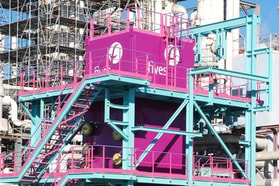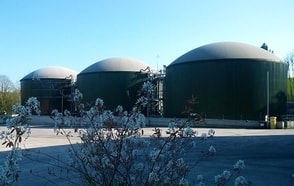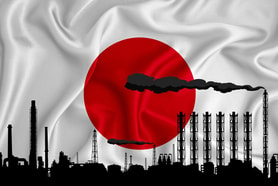Steel demand soars in 2007 – is it sustainable?
Base metals prices have continued to rise due to robust global consumption, disruptions in or lack of investment across parts of the supply chain, and the emergence of commodities as an attractive asset segment to speculators and investors alike.
Higher prices and demand have lead to increased activity in expanding existing capacity, upgrading of plants to produce better quality grades and even opening up of less economical mines for raw material sourcing.
2002-2007, high growth period
Steel consumption volumes are a barometer for measuring development and economic progress, because this versatile material is essential to construction and industrial goods. Over time, lighter metals and stronger alloys have been developed.
According to the International Iron & Steel Institute (IISI), crude steel production in the 67 countries reporting to the IISI totalled 105 million tonnes in November, a year-on-year rise of 4% but a slight decline on October. Total steel output in 2007 for the first 11 months has shown a 7.7% rise to reach 1.2 billion tonnes with analysts expecting a total output of just over 1.3 billion tonnes for the whole year – a rise of over 7.5% on 2006.
... to continue reading you must be subscribed









